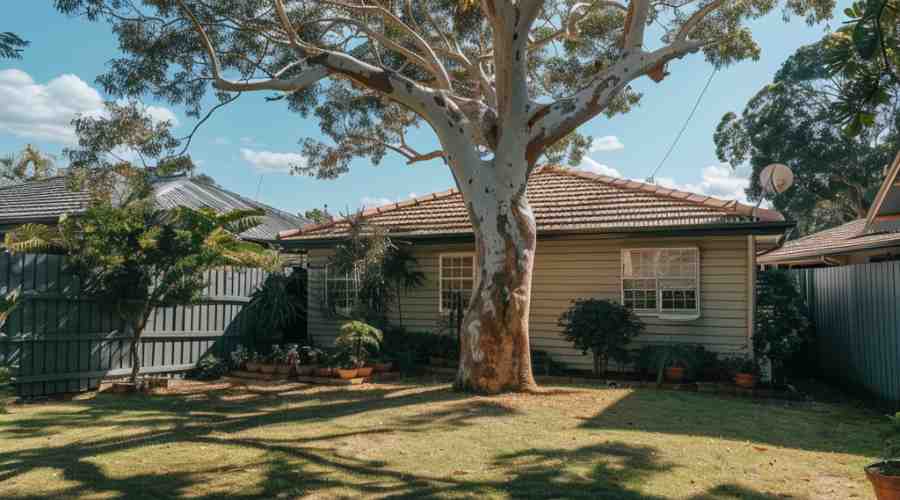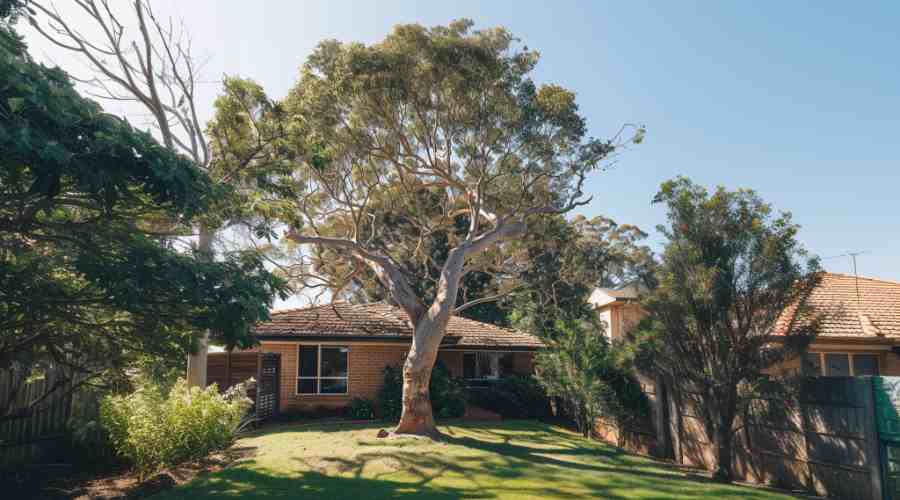Tree Removal Regulations Brisbane
Navigating Tree Removal Laws in Brisbane
Removing trees in Brisbane, like in most places, requires care and planning to follow the local rules. Several factors determine if and how you can legally cut down trees from your property. Let’s take a look at Brisbane’s removal laws, permitting requirements, and potential fines for illegal cutting down of trees.
When Do I Need Approval to Remove Trees in Brisbane?
Brisbane City Council protects native trees as well as urban tree types. You typically require council approval prior to removing or heavily trimming:
- Hollow-bearing trees
- 100 year old trees
- Trees close to a waterway
- Trees near power lines that require expert removal
- Significant trees listed on the Council’s register
A number of suburbs also have additional tree protections under Natural Assets Local Laws. Check if your area has any protected tree overlays before applying to remove any trees.
Identifying Protected Tree Types in Brisbane
Brisbane aims to conserve trees that hold environmental and cultural significance. Protected trees include native species, planted heritage specimens, and even some non-native trees.
Common protected native trees in Brisbane are:
- Fig trees
- Eucalyptus, Corymbia and other gum trees
- Cypress pines
- Paperbark, wattle and grevillea trees
Contact Council to verify if unlisted trees meet protected criteria based on attributes like height, canopy density, habitat value and age.
Applying for a Tree Removal Permit
Council assessments determine if removing trees is reasonable considering the tree condition, impacts, and options like pruning or transplanting.
Applications require:
- Tree details – species, height, trunk width
- Site map showing location
- Photos of the entire tree
- Rationale for proposed removal
- Alternatives explored
Timeframes range from 10 to 30 days depending on complexity. Emergency permits can approve urgent works to remove dead, dying or hazardous trees within 24 hours.
Typical Approval Conditions
Standard permit conditions include:
- Replanting replacement trees
- Protection barriers around other vegetation
- Using specified low-impact removal methods
Make sure you understand all requirements before commencing any works even with an approved permit.
Penalties for Illegal Tree Removal
Brisbane City Council takes illegal tree damage and removal seriously. Heavy fines apply under local laws including:
- Up to $665 on-the-spot fines for individuals
- Up to $3,300 on-the-spot fines for companies
- Court penalties over $667,500 for willful offenses
Fines aim to deter unlawful removals that harm Brisbane’s green canopy and ecosystems.
Role of Council’s Compliance Team
The Compliance and Regulatory Services team investigates reports of illegal tree removal in Brisbane. Responsible parties receive infringement notices or prosecution referrals if unapproved removal of protected trees is confirmed. Rehabilitation orders may also require planting equivalent native trees.
Requesting Public Tree Pruning
Council manages pruning for trees on public land. Contact them regarding:
- Pruning street trees interfering with utilities
- Clearing branches blocking vehicle access
- Managing damaging tree roots
Pruning aims to maintain functionality while preserving tree health.
Significant Native Vegetation Removal Laws
Protected mapped bushland habitats require clearing permits even on private property. Fines apply for illegally clearing protected native ecosystems. Significance is based on conservation value, rarity, fragility and diversity. Contact Council regarding native vegetation removal regulations.
Significant Urban Vegetation Removal Laws
Urban trees also receive protection in Brisbane based on assessed significance.
Permits are needed for removing mature street trees, park trees and private property trees considered significant due to attributes like height, canopy width and age.
Urban vegetation laws aim to preserve public greenspace character, curb urban heat, filter air pollutants and provide wildlife habitat.
Fines also apply for unlawfully removing trees protected under urban vegetation programs.
Key Regulations Summarised
In a nutshell, Brisbane’s regulations help conserve trees and vegetation that have environmental or cultural significance, including:
- Vegetation Protection Laws – These shield native bushland zones like endangered regional ecosystems. Permits are required for removing protected native plants.
- Natural Assets Local Laws – These preserve mapped vegetation sites that are ecologically vital for wildlife habitat and neighborhood character. Fines apply for unauthorized clearing.
- Significant Tree Register – This catalogues individual trees and stands warranting heritage preservation.
So before grabbing a chainsaw, always double check first whether any protected tree overlays, habitat areas or regulations apply to your property. Brisbane’s rules aim to enable sustainable coexistence with nature, even within urban areas.
Careful tree removal planning is needed to balance safety, functionality and preserving our local natural assets. I’d advise contacting council early to discuss any permitting requirements for potential tree lopping or removal. Doing your due diligence helps avoid nasty illegal clearing fines down the track, while also nurturing Brisbane’s precious urban forest.


